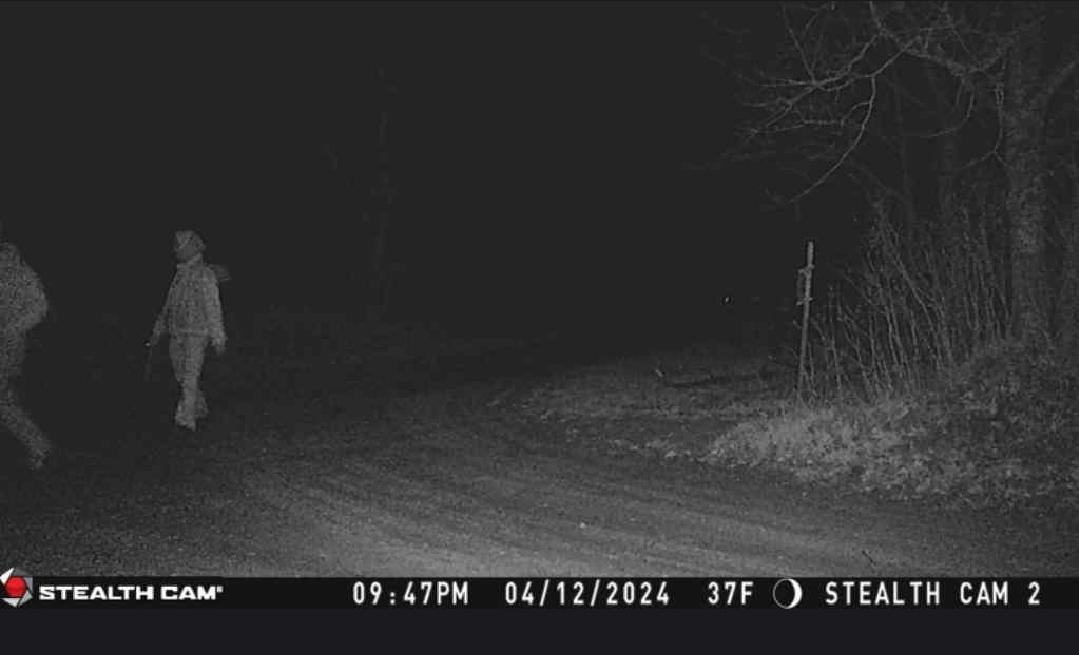

When was the last time we saw the sun?
Some clearing in Cadillac at Twilight Jan.10
If you think it’s been a long time since you’ve seen the sun shining, you’d be right. For most of Northern Michigan, it has been at least two weeks since we’ve had at least 50% sunshine.
Dec. 28, 2022 was the last time there was any amount of proper sunshine. The National Weather Service in Grand Rapids recorded 273 minutes of sunshine that day, which was 50% of the possible amount of sun that there could have been that day.
The low amount of sunshine also goes back to Dec. 4! Since then, there has not been any one day with more than 50% possible sunshine.
The Wexford County Airport in Cadillac has recorded only six days of clear or almost clear skies during daylight hours since Dec. 6. Some places have seen even less sun.
However, some of us have witnessed very brief amounts of sunshine or just peeks of blue sky.
Counties in the Central Lower and Southern Lower were able to catch some rays on Monday. Some areas like the Sault were able to see the blue sky for a while on Tuesday, but most of us have been staying gray.
The stretch of cloudiness has made this one of the cloudiest starts to the new year since 2021, when there was no sun from Dec. 30, 2020, to Jan. 6, 2021, for some areas.
Why is the sun always clouded?
Little sun and lots of clouds is something we deal with regularly in the winter. A 2013 study concluded that over a 31-year period, Michigan winters are filled with clouds more than 50% of the time.
That means the months of December, January and February are quite cloudy. Places like Wisconsin, however, are less than 30% cloudy on average in the winter.
Our increased cloudiness here in Michigan comes from the fact that we are downwind from a Great Lake in almost every direction.
When lakes aren’t frozen, they provide the air with more moisture. When the air/surrounding land are colder than the water, the air is unable to hold as much moisture.
Latest report of ice coverage in the Great Lakes
The excess moisture stays in the air as clouds because it can’t evaporate.
The end result gives us lots of shallow lake-effect clouds, keeping us blanketed from the sun for long periods of time.
We have also been seeing a lot of excess moisture stay near the surface as fog thanks to melting snow and some rain showers. You can see the clouds and fog linger in the video of satellite imagery below.
This happens even when we get high-pressure systems, and we’re used to clear skies with high-pressure. But because the air is sinking in a high-pressure system, the moisture stays “trapped.”
In the coming days it looks like the clouds will stick around, with the chance for a peek at the sun on Saturday. You can read the full forecast and check out the skies around Northern Michigan with our sky cams on .
The low amounts of sunshine can also have negative health impacts on us. You can read more about what those impacts are and how to help .


© 2023 - 910 Media Group

